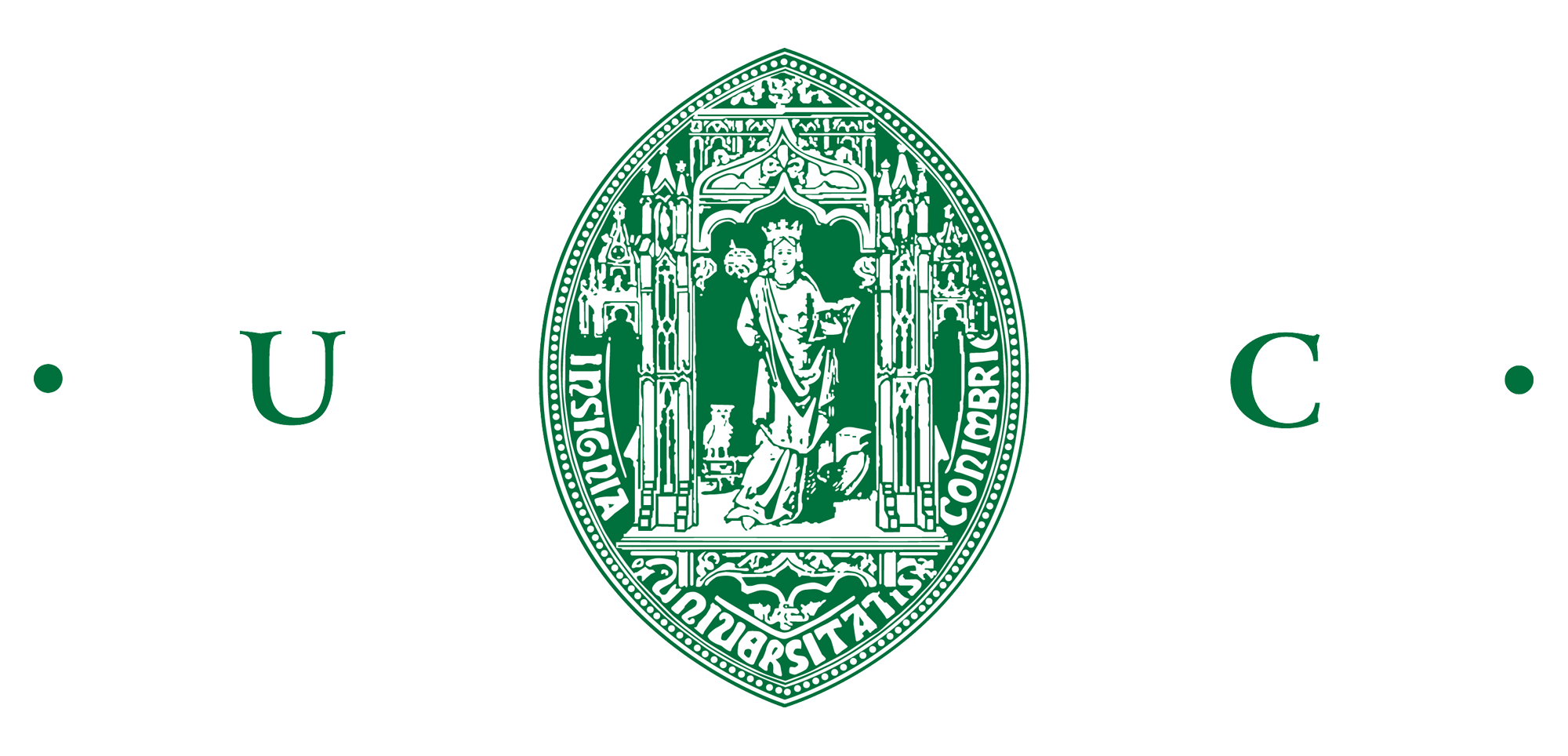2026 | 2025 | 2024 | 2023 | 2022 | 2021 | 2020 | 2019 | 2018 | 2017 | 2016 | 2015 | 2014 | 2013 | 2012 | 2011 | 2010 | 2009 | 2008
Magnetic and structural domain walls dynamics in a two magnetic sublattice system
Authors: M. M. Gomes; A. S. Silva; R. Vilarinho; J. Agostinho Moreira; M. Mihalik Jr.; M. Mihalik; C. S. Davies; A. Kirilyuk; J. A. Paixão; M. A. Carpenter
Ref.: Phys. Rev. B accepted for publication (2026)
Abstract: The magnetic control by acoustically-induced strain has driven significant research to pursue novel, ultrafast, compact, and energy-efficient electronic and spintronic devices. In this regard, magnetoelastic antiferromagnets have been highlighted as promising functional materials for this purpose. In this work, we report an experimental and phenomenological study of acoustic resonances in the two magnetic sublattices antiferromagnet NdFeO3, which exhibits strong interplay between magnetic and lattice degrees of freedom. The elastic properties of NdFeO3 are characterized through resonant ultrasound spectroscopy in the 2–300K range. Domain wall dynamics were studied by temperature dependent Faraday magneto-optical imaging and ac magnetic susceptibility measurements. The results evidence the magnetoelastic coupling in NdFeO3, for which two different mechanisms contribute. The continuous spin reorientation transition is mirrored by the rather high acoustic losses, which correlate with the dispersion of the complex magnetic susceptibility and magnetic domain wall dynamics. The results are compatible with the expected symmetry lowering during the spin reorientation transition, and follow what is expected from phenomenological approach. The paramagnetic ordering of the Nd-sublattice, under the influence of the Fe-sublattice magnetic field, is found to influence the magnetoelastic properties just below the spin reorientation transition interval. This study highlights the elastic properties of NdFeO3, an interesting material for domain wall motion control and local properties tailoring, which are the key for future applications in nanoscale devices.


